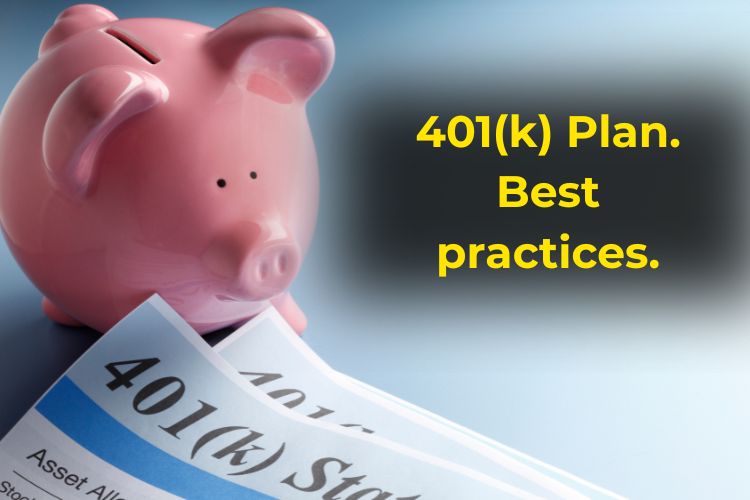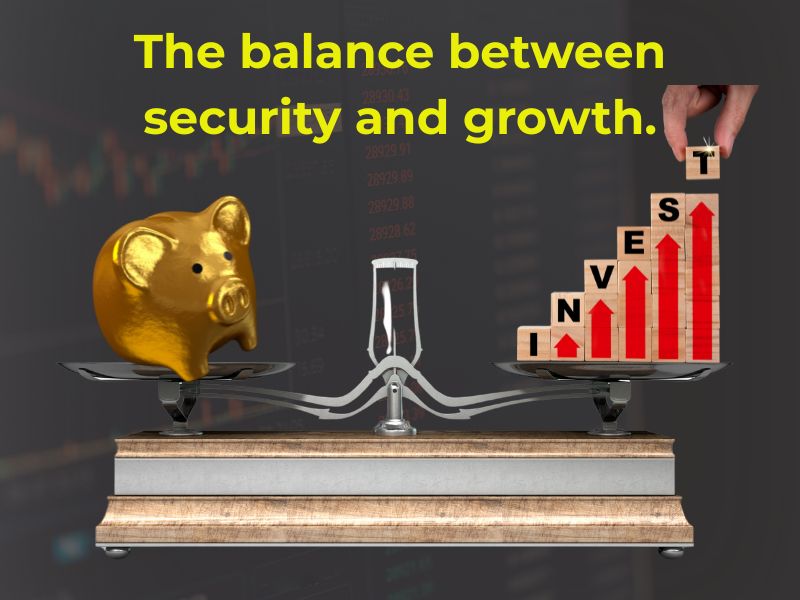When it comes to building financial security, most people hear two common pieces of advice: “save your money” and “start investing.” At first glance, saving and investing may sound similar, but they serve very different purposes in your financial journey.
Understanding the difference between saving and investing is critical. Saving gives you safety and liquidity, while investing builds long-term growth and wealth. When combined, they create a balanced strategy that helps you handle emergencies, reach life goals, and enjoy financial freedom.
This article will explain the key differences between saving and investing, the benefits and drawbacks of each, when to prioritize one over the other, and how to use both strategies together effectively.
What Is Saving?
The Difference Between Saving and Investing. Saving is the process of setting money aside for future use in a safe and accessible place. It focuses on security rather than high returns.
Most savings are kept in:
- Savings accounts
- Money market accounts
- Certificates of deposit (CDs)
- Cash reserves
Savings are best for:
- Building an emergency fund
- Short-term goals (vacations, car repairs, small purchases)
- Predictable expenses (insurance, taxes)
Pros of Saving:
- Very low risk
- Easy to access in emergencies
- FDIC-insured accounts protect your funds
Cons of Saving:
- Low interest rates (0.5%–4% in most banks)
- Savings often don’t outpace inflation
✅ Saving is ideal for money you may need within the next 0–3 years.
What Is Investing?
Investing means putting your money into assets that can grow over time, such as stocks, bonds, ETFs, or real estate. Unlike saving, investing carries risk but offers much higher potential returns. The Difference Between Saving and Investing.
Investments are best for:
- Retirement planning
- Long-term wealth building
- Beating inflation
- Funding major life goals (education, homeownership)
Pros of Investing:
- Higher potential returns (7–10% average in the stock market over time)
- Helps your money grow faster than inflation
- Builds long-term financial independence
Cons of Investing:
- Value fluctuates with the market
- Risk of short-term losses
- Requires patience and discipline
✅ Investing is best for long-term goals — usually 3 years or more.
The Difference Between Saving and Investing
The Difference Between Saving and Investing. To simplify, here’s a direct comparison of the difference between saving and investing:
| Feature | Saving | Investing |
|---|---|---|
| Goal | Safety and accessibility | Growth and long-term wealth |
| Risk level | Very low | Medium to high |
| Returns | Low (0.5–4%) | Higher (7–10% on average) |
| Time horizon | Short-term (0–3 years) | Long-term (3+ years) |
| Liquidity | High (easily accessible) | Varies (may require selling assets) |
When to Save vs. When to Invest
Save when:
- You’re building an emergency fund
- You’re planning a purchase in the next 1–2 years
- You want cash to remain accessible
- You’re risk-averse and can’t tolerate market fluctuations
Invest when:
- You’re saving for retirement, education, or buying a house
- You have at least 3–10 years before needing the money
- You want to grow wealth and outpace inflation
- You’re comfortable with some level of market risk
✅ The Difference Between Saving and Investing. The real key isn’t choosing one over the other — it’s balancing both.
Why You Need Both Saving and Investing
The Difference Between Saving and Investing. A solid financial strategy always includes both saving and investing.
Saving = Stability
- Protects you from financial emergencies
- Keeps money available for short-term goals
- Provides peace of mind
Investing = Growth
- Builds wealth over decades
- Allows compound interest to work in your favor
- Creates opportunities for financial independence
Together, they help you handle life’s challenges while also preparing for the future.
See also: Why Financial Planning Matters More Than Ever.
How to Combine Saving and Investing
Building financial stability means finding the right balance. The Difference Between Saving and Investing. Here’s a step-by-step approach:

1. Build an Emergency Fund
- Aim for 3–6 months of essential expenses
- Keep it in a high-yield savings account
- This prevents the need to sell investments during emergencies
2. Pay Off High-Interest Debt
- Eliminate debts like credit cards before investing heavily
- High-interest rates (18%+) cost more than most investments earn
3. Start Investing Early
- Open accounts like a 401(k), IRA, or Roth IRA
- Contribute regularly to low-cost index funds or ETFs
- Even small amounts grow significantly with compound interest
4. Save for Short-Term Goals
- Create separate savings “buckets” for vacations, holidays, or car purchases
- Automate transfers to stay consistent
5. Reassess Regularly
- Review your financial plan once a year
- Adjust contributions to savings vs. investments as your income and goals change
The Role of Inflation
One of the biggest reasons to invest is inflation. Over time, inflation reduces the purchasing power of savings.
Example:
- $10,000 saved today might only be worth $7,500 in 10 years
- If invested at 7% annual growth, that same $10,000 could grow to nearly $20,000
✅ Saving preserves value short-term, but investing grows it long-term.
Practical Example: Balancing Saving and Investing
Let’s say you earn $50,000 a year. A smart strategy could be:
- 10% to savings (emergency fund and short-term goals)
- 15% to investments (retirement accounts and brokerage)
- Increase contributions as income grows
The Difference Between Saving and Investing. This balance ensures stability today and growth tomorrow.
Common Mistakes to Avoid
- Saving only: Relying solely on savings won’t build enough wealth for retirement.
- Investing only: Without savings, you risk selling investments in emergencies.
- Ignoring inflation: Cash loses value over time if not invested.
- Not diversifying: Investing in only one type of asset increases risk.
Final Thoughts: Balance Is the Smart Strategy
You don’t need to choose between saving and investing — you need both. Saving provides security and peace of mind, while investing builds growth and long-term wealth.
The best approach is to start with a strong savings foundation, then add consistent investments as your income grows. The earlier you begin, the more freedom and opportunities you’ll enjoy later in life.
✅ The difference between saving and investing isn’t about picking one over the other — it’s about using both together for true financial success.
See also: Saving vs Investing: What’s the Difference and Why You Need Both.
FAQ – The Difference Between Saving and Investing — and Why You Need Both.
What is the main difference between saving and investing?
Saving focuses on safety and accessibility, while investing aims for long-term growth. Savings are used for short-term needs; investments are for building wealth over time.
When should I save instead of invest?
You should save for emergencies, short-term goals (like vacations or repairs), and anything you might need within 1–3 years. Savings offer liquidity and low risk.
Why is investing important if I’m already saving?
Investing helps your money grow and beat inflation. While saving preserves your money, investing multiplies it, especially for long-term goals like retirement.
Can I do both saving and investing at the same time?
Yes! A solid financial plan includes both — saving gives you stability, while investing builds your future. Balance is key to reaching your short- and long-term goals.
What’s the first step toward building a financial foundation?
Start with 3–6 months of emergency savings. Then pay off high-interest debt and begin investing early — even small amounts can grow significantly over time.

